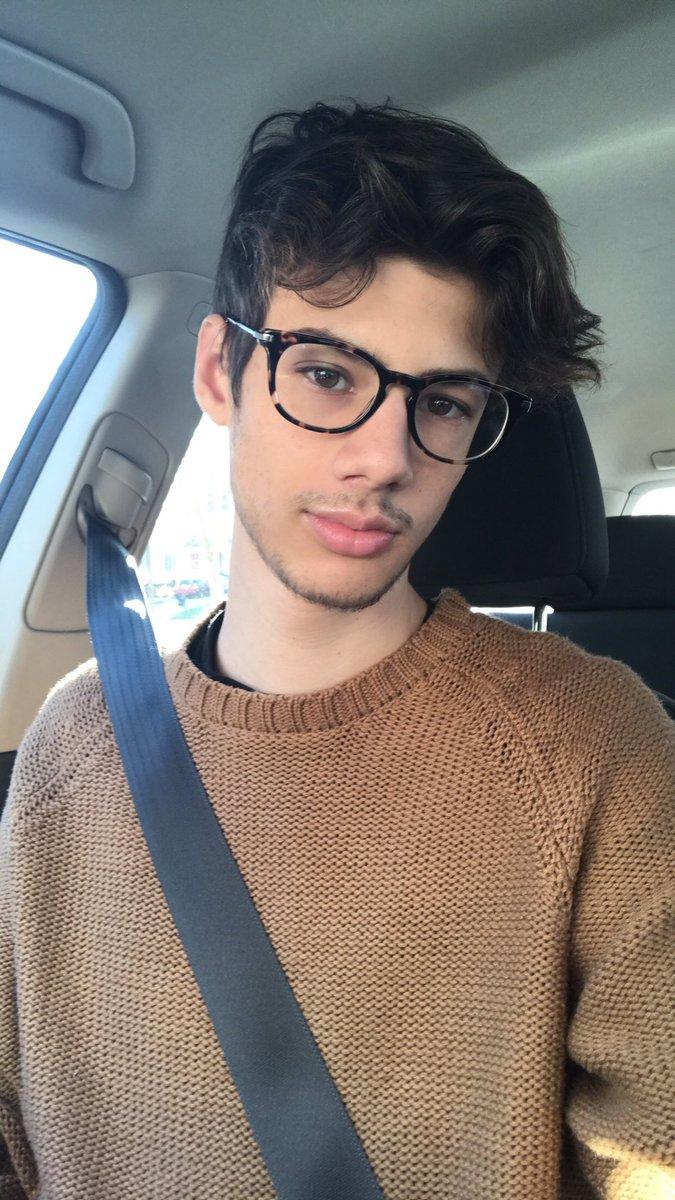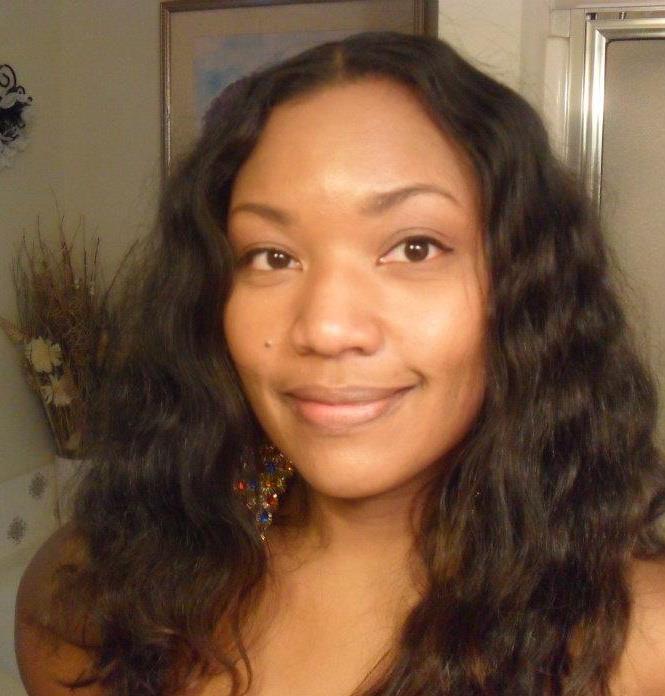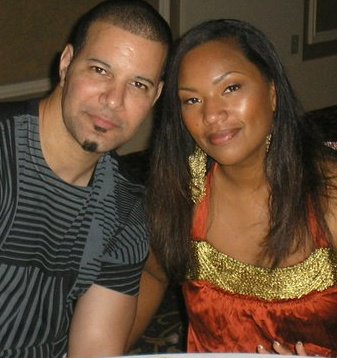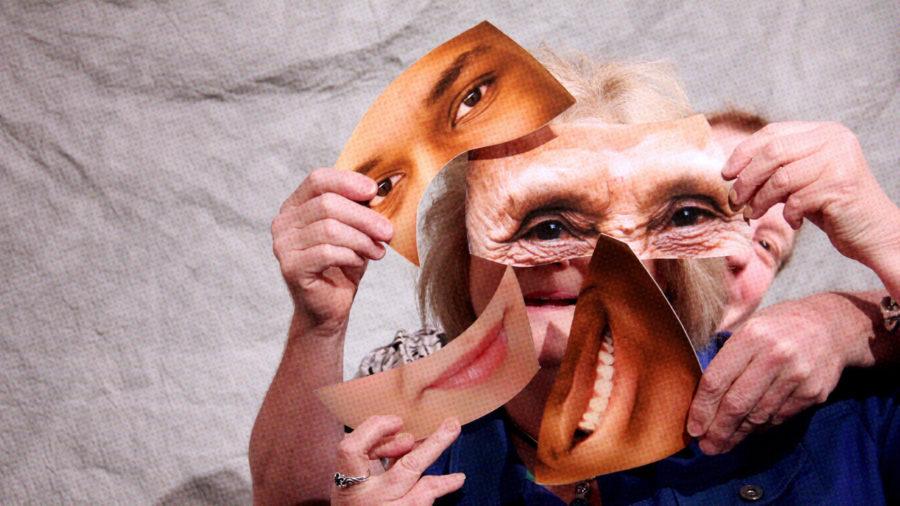Diversity
The word ‘diversity’ has gone from communicating something idealistic to something cynical and suspect. When the word is proudly invoked in corporate context, it acquires a certain luster. It is used as an accessory to give something moral credibility. Nancy Leong describes this phenomenon as “racial capitalism” defined as ‘‘an individual or group deriving value from the racial identity of another person.’’ Corporations and individuals prefer wearing this word as a new trend rather than actually doing the work of making it a reality.
Why does the imbalance exist between progress that people in power claim they want to impose and what they actually do to create it? Part of the problem is that people as a whole do not collectively agree on the meaning of diversity. Is it a variety of types of people nominated at an award show? Is it who is in a position of power to hire and fire? Is it raw numbers?
When people hear the word ‘red’, they will more or less universally think the same thing. When people hear the word diversity it is a jumble of ambiguity. The definition of diversity shifts depending upon who you are asking. Diversity can be referring to mixes of fabric and breeds of dogs, but when it is applied to people it positions one group (typically white males) as the default, and everyone else as the other. Studies done by Reynolds Farley, a demographer at the University of Michigan, suggest that white Americans interpret diversity differently than black Americans. Farley researched the attitudes of people in Detroit about the racial composition of neighborhoods in 1976, 1992 and 2004, most African-Americans considered ‘‘integrated’’ to be a 50/50 mix of white and black, while a majority of whites considered such a ratio much too high for their comfort each time the study was conducted. Corporations brag about diversity in their workplaces while having the same mentality: a little is enough. Pressure is put on the select diverse few allowed in, expected to represent a minority while conforming to a majority. It is easy the see the ingenuity of an organization when it is clear your presence is being used as an accessory, rather than a necessity. More often than not, people talking the most about diversity are the people doing the least effective work on it.
I interviewed a number of people ranging in age and ethnicity to visualize the way the definition of diversity shifts from person to person and how the definition of diversity is still unclear to many.

Zack Tayman is an 18-year-old Caucasian male, he defined diversity as the difference between people and said diversity is 100% a good thing. Zack said Williamsburg lacks in diversity but exists in America and it “plays the most important role for our future”.

Veronica Kostyal, a 43-year-old mixed race woman born and raised in the Philippines, said to her diversity is “differences between race, gender, and sexuality. Veronica said diversity is a good thing and it played a big role in her family growing up with parents from different cultures. She does not think Williamsburg is very diverse but think America is. She said she does not believe diversity plays any role in our country because people “don’t want to talk about it or recognize it”.

Jayda Diaz, a 17-year-old Hispanic female, stated she believes diversity means seeing and recognizing how different everyone is from each other and being able to respect it. She also said she believes diversity is a good thing that teaches acceptance and respect. She said in America diversity allows us to learn from each other culturally so that we can grow as a society.

Robert Kostyal, a 48 year-old mixed race male, said diversity means inclusion and that it is a good think that is beneficial to a stronger society. Robert said he sees Williamsburg diverse, as well as America because “8 years ago we nominated our first black president”. He also stated that diversity strengthens us as a country and strengthens us as a people.



